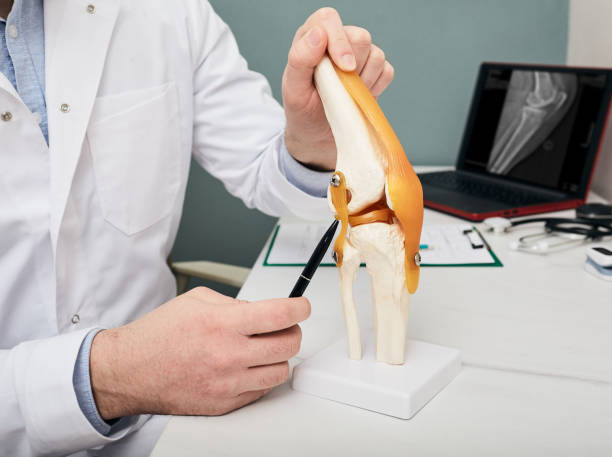
When it comes to foot and ankle health, the old adage that “an ounce of prevention is worth a pound of cure” really holds true. The best way to avoid future problems is to visit a podiatrist for regular checkups and care. A podiatrist (pronounced droo-at-rist) is a doctor who has gone through years of medical schooling and hospital-based residency training to become specially trained in the feet and ankles.
The podiatric medical field covers a wide range of conditions that affect the foot, ankle and related structures of the lower leg, including the knees, hips and back. Podiatrists diagnose and treat conditions such as bunions, hammertoes, ingrown toenails, corns and calluses, athlete’s foot, heel pain, foot and ankle injuries, plantar warts and diabetic foot care.
Podiatrist Baulkham Hills can also help prevent and treat injuries, such as sprains and fractures of the foot and ankle. A podiatric physician can recommend a treatment plan that may include orthotics, medications, surgery and physical therapy to relieve pain.
Children’s Foot Health
When a child is first learning to walk, it is common for them to walk on their toes. As they grow, their arches should develop and stabilise. If their toe walking persists past the age of 2 or they complain about foot pain, this is a red flag and they should be seen by a podiatrist for an assessment.
Heel Pain
Heel pain can occur in people of all ages and is caused by repetitive activities such as running, poor footwear or being overweight. A podiatrist Bella Vista can often provide relief through orthotic devices, medications and steroid injections.
Arthritis
The feet have 33 different joints making them susceptible to arthritis. When the wear and tear from repetitive activities becomes too much, it causes inflammation of the joints. In the most severe cases, the bones of the foot can rub against each other and form bony spurs. A podiatrist can prescribe special orthopedic shoes, medication and other treatments to ease the pain of arthritis in the foot.
Ingrown Toenails
Ingrown toenails are a common problem among adolescents that can lead to infection if not treated properly. A podiatrist can trim and shape the toenails, remove hard skin build-ups and offer advice on footwear selection.
Diabetes
A podiatrist is the only doctor who can perform foot and ankle surgery on a patient with diabetes, because they have gone through extra medical schooling and a hospital residency in order to specialise in diabetic wound care. More than 65,000 people a year need to have their feet amputated due to diabetes and a podiatrist can help prevent this by educating patients on foot care, proper shoe selection and preventing complications like sores and ulcers.
If you are experiencing persistent foot and ankle pain, you should see a podiatrist for an evaluation. A podiatrist in Foot and Leg Pain Dural will be able to prescribe a treatment plan that will help relieve your pain and get you back on your feet.

